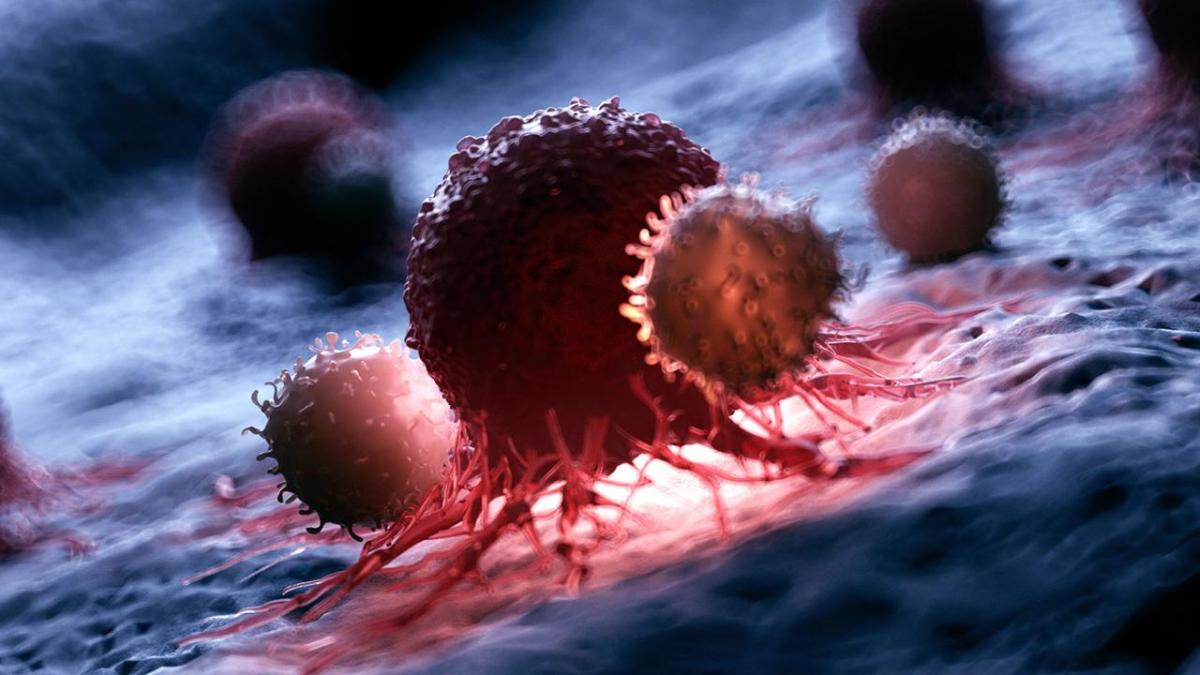The Power of Dual Immunotherapy
How examining the immune system from multiple angles can yield new therapeutic combinations

Originally published on Bristol Myers Squibb News & Perspectives
A decade ago, the evolution of immuno-oncology transformed the landscape of therapy for patients with many cancers. Although individual immunotherapies have helped to improve outcomes for patients, the addition of rational combinations of more than one immunotherapy regimen has led to more treatment options and the potential for longer survival.
Not all patients have been reached by these advances though and there is an urgency to achieve more.
Bristol Myers Squibb has been a pioneer in bringing immunotherapy, including dual immunotherapy combinations, forward to patients, and continues to examine the immune system from multiple perspectives in order to find potentially complementary combinations of therapies.
Building upon existing therapies that overcome immune inhibition
Bristol Myers Squibb has pursued a number of ways to address the immune response and leverage it to attack tumors. CTLA-4 and PD-1 are immune checkpoints that inhibit the immune response and, in a healthy person, work to keep the immune system in check. In patients with cancer, tumor cells can potentially manipulate immune checkpoints to evade attack from T cells, or the body’s immune response. Existing therapies have successfully leveraged inhibition of these immune checkpoints to release the “brakes” from T cells and allow them to recognize and to attack tumors.
LAG-3 is another immune checkpoint, and it is a focus of research efforts at Bristol Myers Squibb. LAG-3, a protein found on the surface of certain T cells, may promote T cell exhaustion, which can allow tumors to evade the immune system. Researchers have found that blocking the LAG-3 receptor on T cells may help them to overcome exhaustion, another way of releasing the “brakes” from T cells.
The strategy of leveraging LAG-3 to fight cancer seems particularly promising when used in combination with existing immunotherapies. The decision to pursue various combinations is made based on scientific rationale and deep knowledge of how different mechanisms of action can work together.
Bristol Myers Squibb is exploring doublet and triplet combinations that bring together LAG-3 with existing therapies. We believe we have the opportunity to leverage therapies with similar mechanisms of action, as well as those with complementary mechanisms of action.
Exploring the promise of immunostimulatory therapy
Research has also focused on immunotherapies that directly stimulate the immune system, as opposed to those that work by overcoming inhibition of the immune response. For example, therapies leveraging the IL-2 pathway may directly activate, or agonize, the immune system. They step on the “gas” of the immune system.
“We believe that immunostimulatory therapies may show promise when used in combination with existing therapies that overcome immune inhibition. We are well positioned to bring these types of dual immunotherapy regimens forward,” said Gary Grossfeld, Global Development Project Leader at Bristol Myers Squibb. “Leveraging more than one pathway can potentially improve the immune system response to cancer, thereby building on the efficacy of single agent therapy while maintaining a favorable safety profile.”
The importance of precision medicine
Part of bringing new therapies forward is ensuring that they are targeted to specific diseases and patient populations.
Certain biomarkers – whether genetic or protein based – may give an indication that one type of therapy or combination will work better in some patients versus others.
“Our study protocols are filled with exploratory biomarker work aimed at understanding which patients are likely to benefit from certain treatments. We are dedicated to a precision medicine approach in our development programs, and I expect we may see great progress in the next several years,” said Grossfeld.
Grossfeld believes that a focus on precision medicine, as well as a strategic approach to building on existing therapies with investigational agents, have positioned Bristol Myers Squibb at the forefront of immuno-oncology research. Despite advances in treatment of cancer with immunotherapy, a large number of unmet clinical needs remain. The goal is always to move the needle for patients.

